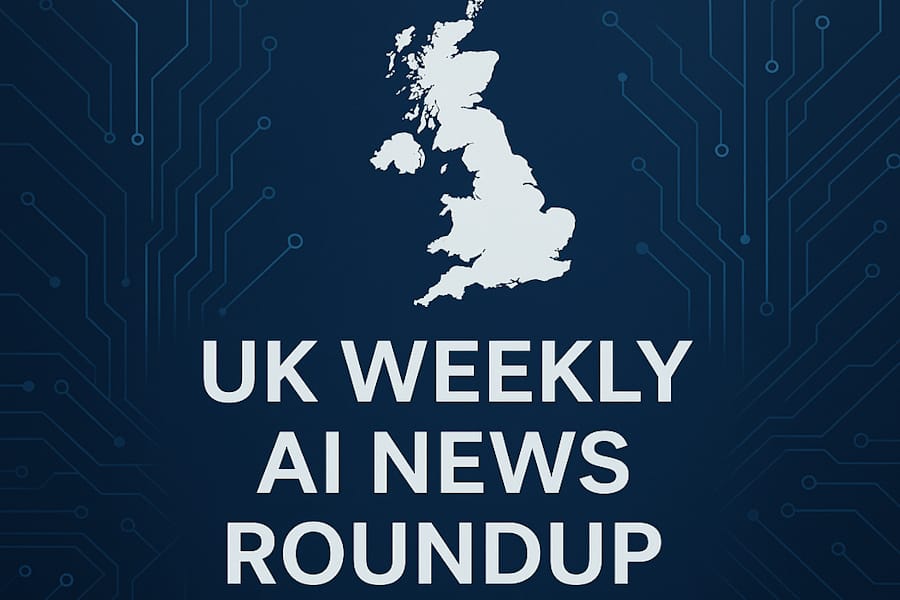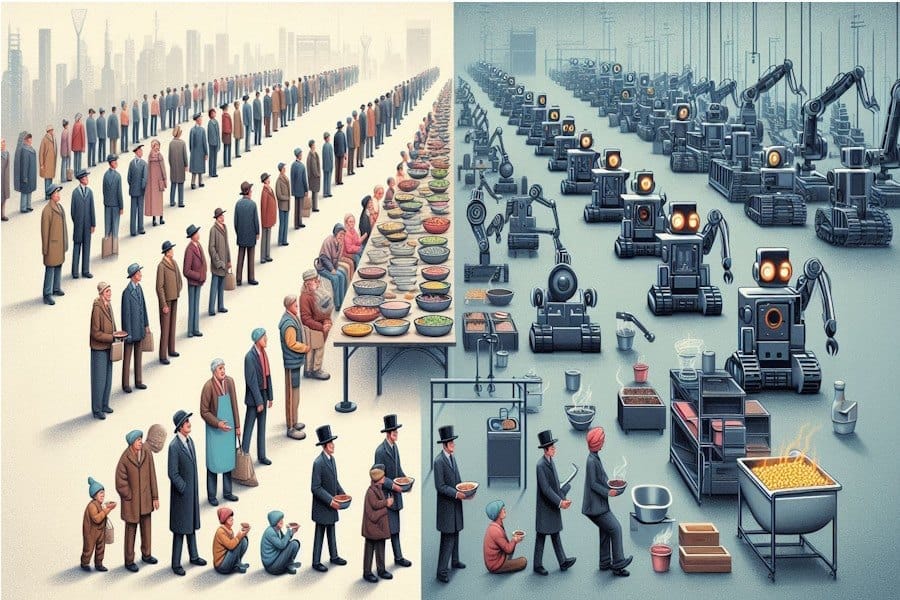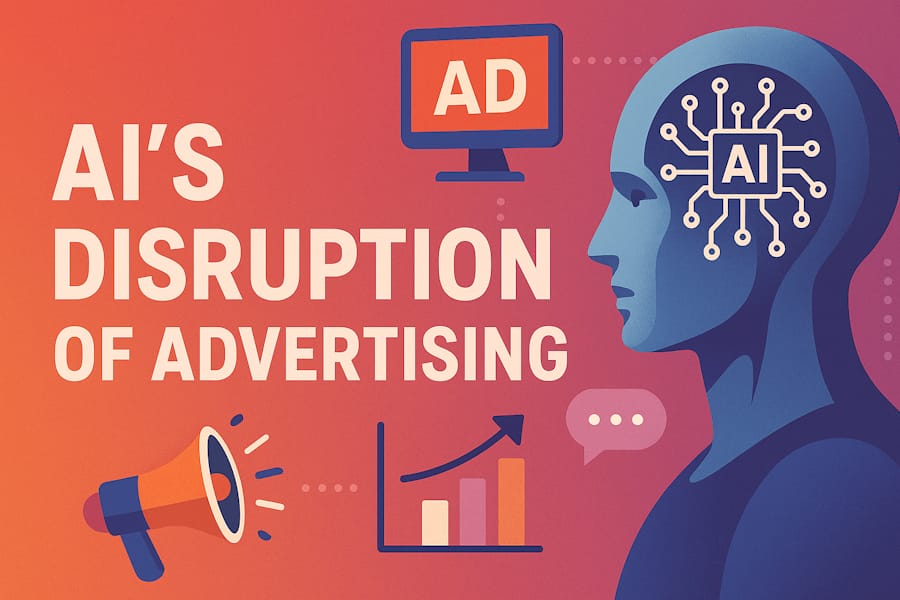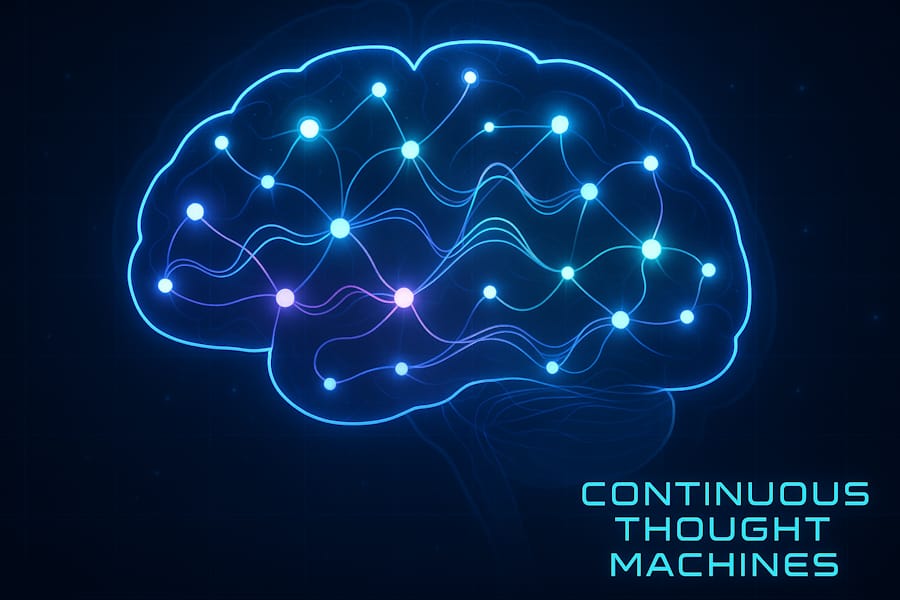Why We Need a Diverse Ecosystem of Independent AI Models
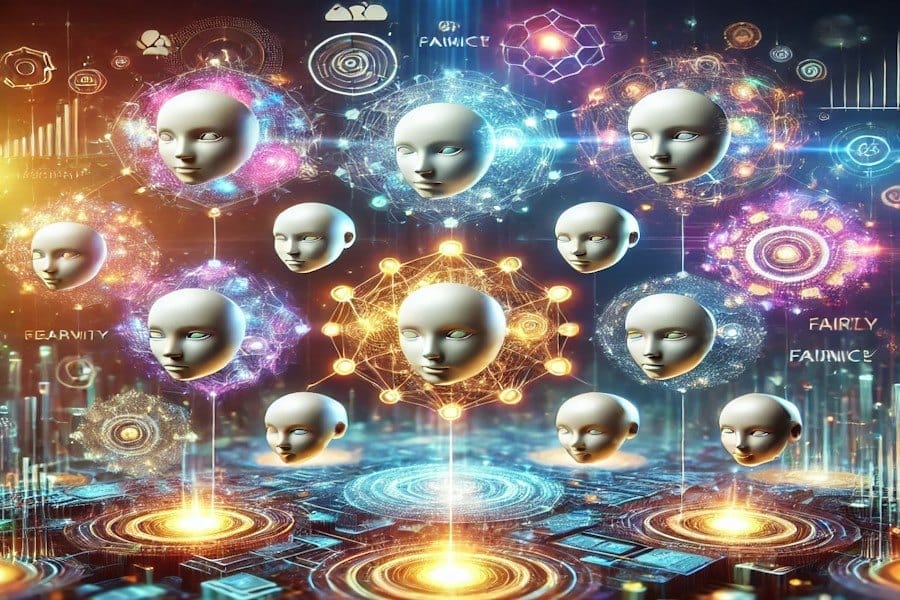
Publish Date: Last Updated: 10th February 2025
Author: nick smith - With the help of CHATGPT
Introduction
The rapid advancements in artificial intelligence (AI) have opened up unprecedented opportunities for creativity, innovation, and problem-solving. However, as AI becomes more entrenched in our daily lives, concerns about censorship, monopolization, and lack of diversity in AI models have come to the forefront. A diverse ecosystem of independent AI models is essential not only to foster creativity and free expression but also to ensure fairness, accountability, and consumer choice.
Here’s why having access to many independent AI models is vital for the future of technology and society.
1. Stifled Creativity
Some of the mainstream AI platforms enforce strict policies on language, terminology, and content generation. While these restrictions are often well-intentioned—such as preventing the creation of harmful or inappropriate content—they can unintentionally stifle creativity. For example:
- Artistic Boundaries: Artists and creators often explore controversial or unconventional themes. Current AI platforms may block certain prompts, misunderstanding their artistic or contextual intent.
- Writing Context: AI models sometimes censor words or phrases without considering their usage in historical, literary, or academic contexts. This prevents nuanced discussions or explorations of sensitive topics.
A broader array of independent AI models could address this by offering specialized tools tailored for specific creative needs, allowing for greater freedom of expression while still maintaining ethical safeguards.
2. Risks of Censorship and Bias
AI models are only as impartial as the data they are trained on and the biases of those who train them. This dependence can result in:
- Cultural Biases: Models trained predominantly on data from specific regions or cultures may reflect those biases, marginalizing other viewpoints.
- Selective Censorship: The entity controlling the model decides what content is permissible, which could lead to suppression of valid, dissenting, or alternative opinions.
For example, an AI trained by an organization with strong political leanings may unintentionally favor specific ideologies. Having multiple independent AI models ensures a diversity of perspectives and reduces the risks of biased or one-sided outcomes.
3. Preventing AI Monopolies
The development and deployment of AI are currently dominated by a few large tech companies. While these organizations have pushed the boundaries of innovation, centralizing AI power comes with significant risks:
- Limited Innovation: A few companies controlling AI development could stifle competition and slow the pace of innovation.
- Data Privacy Concerns: Consolidating AI under a few players increases the risk of mass data collection and misuse.
- Manipulation: Centralized control makes it easier to manipulate AI outputs for political, economic, or social gain.
Distributing AI development across a wide array of independent entities prevents monopolistic practices and fosters a competitive environment that drives innovation and accountability.
4. Promoting Consumer Choice
In any market, competition drives quality and affordability. AI is no different:
- Diverse Pricing Models: More AI providers mean consumers can choose from a range of pricing structures, reducing the cost barrier for small businesses and individuals.
- Tailored Services: Different AI models can specialize in distinct niches—whether it's healthcare, education, or creative arts—offering solutions better suited to specific needs.
- Innovation Through Competition: Companies are incentivized to continuously improve their offerings, ensuring cutting-edge features and performance.
When consumers have multiple AI options, they are empowered to select tools that align with their values, requirements, and budgets.
5. Cross-Referencing AI Outputs
The ability to compare outputs from multiple AI models is invaluable for accuracy and reliability:
- Fact-Checking: Independent AI models allow researchers and journalists to validate claims by cross-referencing outputs from different sources.
- Avoiding Echo Chambers: Using a single AI source can reinforce pre-existing biases, while diverse models can present a broader spectrum of perspectives.
- Collaborative Insights: Cross-referencing helps identify inconsistencies, refine results, and achieve a more comprehensive understanding of complex topics.
This diversity in outputs not only enhances trust in AI-generated content but also provides a more balanced view of the information landscape.
Conclusion
A diverse ecosystem of independent AI models is crucial for fostering creativity, ensuring fairness, preventing monopolization, and empowering consumers. By embracing a wide variety of AI solutions, we can safeguard innovation, maintain ethical standards, and provide users with the tools they need to succeed in an increasingly AI-driven world.
While mainstream AI platforms play a critical role, the future of AI must include room for independent models that cater to diverse needs and viewpoints. This approach not only democratizes access to AI but also ensures its evolution remains inclusive and equitable.
Trending AI News Articles
AI Questions and Answers section for Why We Need a Diverse Ecosystem of Independent AI Models
Welcome to a new feature where you can interact with our AI called Jeannie. You can ask her anything relating to this article. If this feature is available, you should see a small genie lamp in the bottom right of the page. Click on the lamp to start a chat or view the following questions that Jeannie has answered relating to Why We Need a Diverse Ecosystem of Independent AI Models.
Be the first to ask our Jeannie AI a question about this article
Look for the gold latern at the bottom right of your screen and click on it to enable Jeannie AI Chat.


